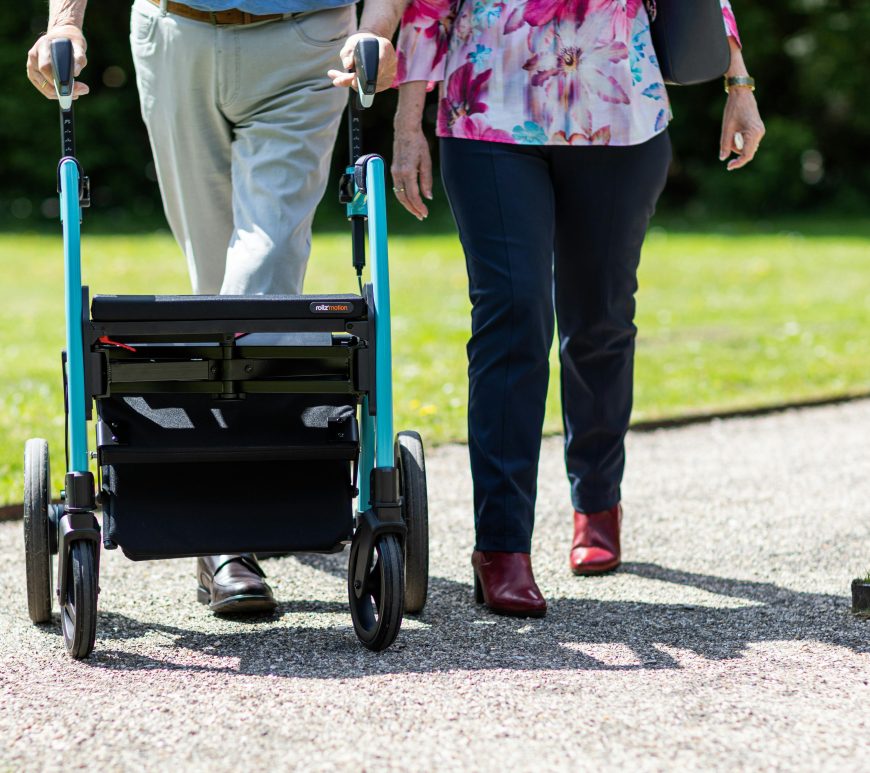
How effective are non-pharmacological treatments for dementia symptoms?
Researchers from the University of Extremadura have found promising results in the use of massage therapy and ear acupuncture to improve the behavior and participation in occupational therapy among elderly dementia patients. In 2014, a study conducted by Juan Rodríguez-Mansilla and colleagues, aimed to assess the impact of these treatments on behavior, sleep disturbances, and participation in rehabilitation and eating activities. In this controlled, randomized … Continue reading How effective are non-pharmacological treatments for dementia symptoms?

